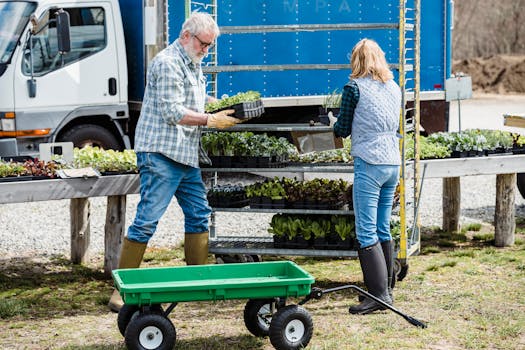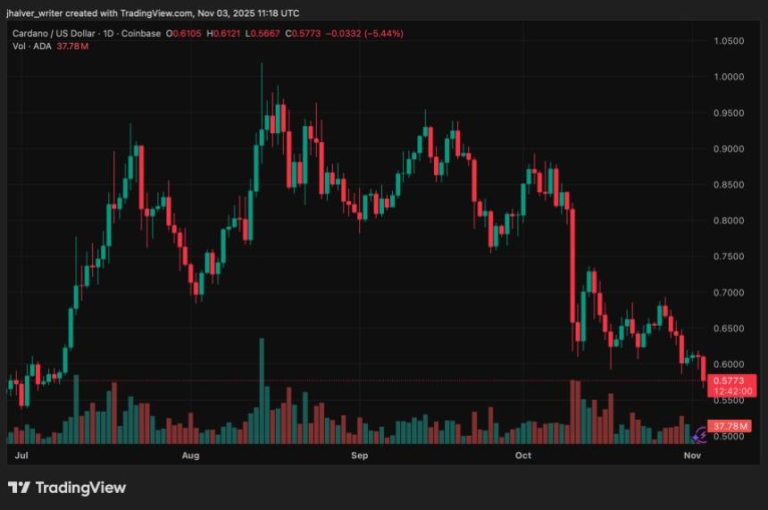
Sustainable Living: Emerging Trends for 2025
Sustainable Living is becoming increasingly important as the world grapples with the challenges of climate change, environmental degradation, and social inequality. As we move into 2025, it’s essential to stay ahead of the curve and adopt emerging trends that promote a more eco-friendly and sustainable lifestyle. In this article, we’ll explore the latest developments in sustainable living and provide tips on how to make a positive impact on the environment.
Section 1: Renewable Energy

Rapid advancements in technology have made renewable energy sources more accessible and affordable. Sustainable Living is all about embracing these innovations to reduce our reliance on fossil fuels. Some of the emerging trends in renewable energy include:
- Solar power: With the cost of solar panels decreasing significantly, it’s becoming more viable for individuals and businesses to harness the power of the sun.
- Wind energy: Advances in wind turbine technology have improved efficiency and reduced costs, making it a more attractive option for renewable energy generation.
- Hydrokinetic energy: This innovative technology harnesses the power of moving water to generate electricity, providing a new source of renewable energy.
Section 2: Zero Waste Living

The zero waste movement is gaining momentum, and for good reason. By adopting a zero waste lifestyle, we can significantly reduce the amount of trash that ends up in landfills and oceans. Some tips for embracing zero waste living include:
- Reducing single-use plastics: Refuse single-use plastics, and opt for reusable alternatives instead.
- Composting: Turn food waste into nutrient-rich soil by composting at home or in your community.
- Bulk shopping: Buy items in bulk to reduce packaging waste and save money.
Section 3: Eco-Friendly Transportation

The transportation sector is a significant contributor to greenhouse gas emissions, but there are emerging trends that can help reduce our carbon footprint. Some of these include:
- Electric vehicles: With improving battery technology and decreasing costs, electric vehicles are becoming a more viable option for environmentally conscious consumers.
- Public transportation: Investing in efficient public transportation systems can reduce the number of cars on the road and lower emissions.
- Cycling and walking: Encouraging cycling and walking infrastructure can promote a healthier and more sustainable transportation culture.
Section 4: Sustainable Food Systems

The way we produce, consume, and waste food has a significant impact on the environment. Emerging trends in sustainable food systems include:
- Plant-based diets: Adopting a plant-based diet can reduce greenhouse gas emissions, deforestation, and water pollution.
- Local and seasonal eating: Supporting local farmers and eating seasonally can reduce transportation emissions and promote more sustainable agriculture.
- Food recovery: Reducing food waste by recovering surplus food and redistributing it to those in need can help alleviate food insecurity and reduce waste.
Section 5: Sustainable Fashion

The fashion industry is one of the largest polluters in the world, but there are emerging trends that can help reduce its environmental impact. Some of these include:
- Sustainable materials: Using eco-friendly materials, such as organic cotton, recycled polyester, and Tencel, can reduce the environmental footprint of clothing production.
- Circular business models: Adopting circular business models, such as clothing rental and product take-back programs, can reduce waste and promote more sustainable consumption.
- Second-hand shopping: Encouraging second-hand shopping can reduce the demand for new, resource-intensive clothing and promote a more circular fashion culture.






1 thought on “Sustainable Living: Emerging Trends for 2025”
Comments are closed.